Choosing the right materials for a building project can feel overwhelming. Even an outdoor project like a deck, a fence, or a swing set requires a lot of research and attention to detail if you want to make a wise choice.
Which woods are the most beautiful, the most affordable, and offer the lowest maintenance? For many homeowners, the choice comes down to redwood vs. cedar.
If you are in the final stages of deciding between redwood and cedar for your next home project, this guide should give you everything you need to make an informed decision.
Redwood vs. Cedar: Janka Rating
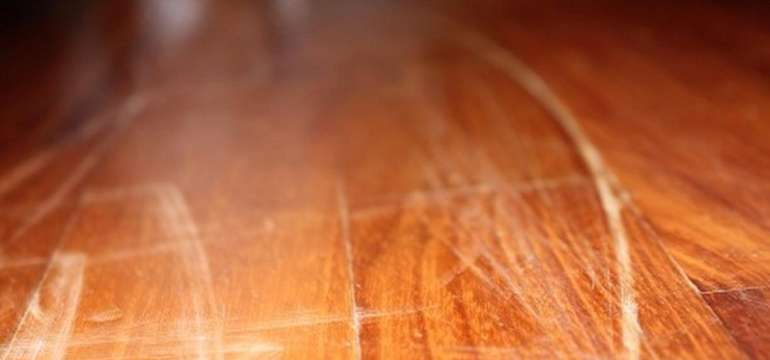
The first test that you need to understand is the Janka scale. This rating scale determines how hard a piece of wood is based on the amount of pressure required to indent the wood with a little metal ball. This test is used across the industry as a way of determining how durable and hard a particular species of wood is. The higher the number, the more durable the hardwood is expected to be.
When you compare the Janka rating scores on both redwood and cedar, there is a clear winner. Redwood has a rating of roughly 450 pounds while cedar has just 350 pounds. This is a definite win in favor of redwood, but that is not to say that cedar may not work perfectly in your application regardless of its hardness.
Redwood vs. Cedar: Appearance
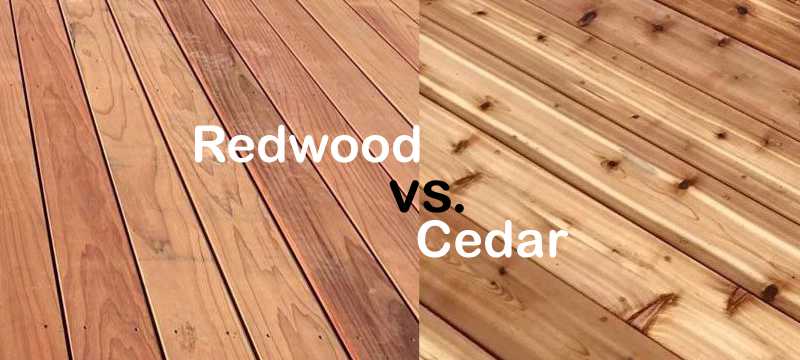
The final appearance that you want for your project often determines whether you will want to choose redwood vs. cedar. Cedar tends to have a yellow undertone, whereas redwood aptly has a more reddish hue to it. If you plan to stain or paint your deck in a color that is not similar to either of these in their natural state, then you may prefer cedar because it does tend to be lighter in color.
Deciding on the specific grade of lumber you want is another main issue that many people will face. Redwood has more select grades available, meaning that you can purchase wood that is clearer with fewer to no knots. It is also a little bit smoother than cedar.
There are no hard and fast rules about which type of wood has a “better” appearance. It will come down to your personal taste and the unique specifications of your project. Carefully consider what color and grade of wood that you need to finish your project the way you would like to.
Both kinds of wood will turn to a silver color if not properly maintained over time. Soap and water should be sufficient for regular cleaning. Bleach and water can be used to kill mildew. However, redwood does have more natural oils that require less maintenance and upkeep than cedar—plan to seal or paint your cedar each year if you are using it for an outdoor application.
Cedar vs. Redwood Fence
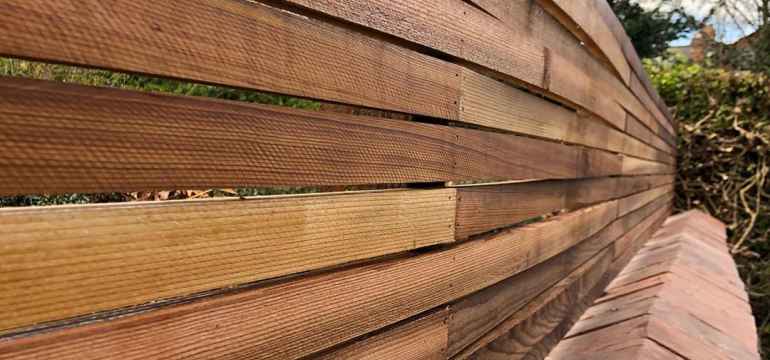
The biggest reason that people investigate the differences between these two types of hardwood is that they need to install an outdoor fence around their backyard. They want something that is going to be durable, beautiful, and effective.
Redwood is well-known for its keen ability to absorb and release moisture in relation to the environment. If you live in an area prone to lots of rain or high humidity levels, you may want to go with redwood. Cedar is more likely to warp and twist over time if it is exposed to chronically high moisture levels.
Of course, there are other things to consider when it comes to fencing. Cedar has a lower initial expense, but it does require more regular maintenance than redwood. It transforms from yellowish to light silver over time, but this can be minimized with regular application of stain or painting. Most professionals recommend updating your wood annually for the best results. On the other hand, redwood has more natural oils that protect the pickets and reduce your maintenance requirements.
While both cedarwood and redwood can fit the bill for this type of project, you must also consider the overall cost.
The cost of a cedar vs. redwood fence will vary depending on where you reside. However, redwood is generally more expensive than cedar. This is why you so frequently see homeowners choose to use cedar for their fence pickets instead of redwood. It produces a similar visual but at a fraction of the cost.
Cedar vs. Redwood Swing Set
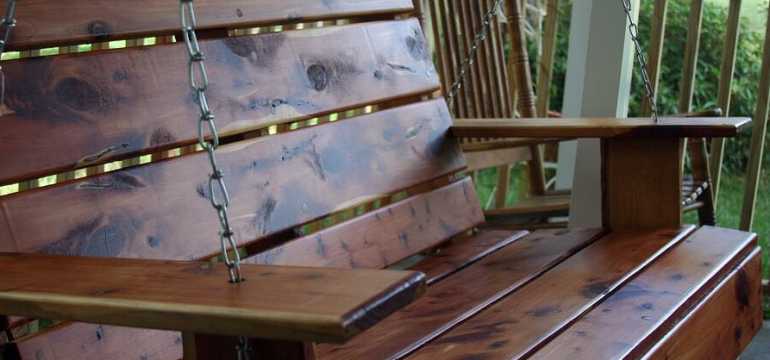
Much like the debate between cedar and redwood for your fencing, a swing set requires your wood to hold up to the great outdoors. Both cedar and redwood have natural oils that can repel water to some extent. Redwood does have a better natural capacity for standing up to water and rain. Your swing set will definitely be exposed to the elements, so redwood should be considered.
The overall smoothness of the wood should play a role when it comes to building your swing set. Unless you plan to sand down every piece of wood, you probably want to select wood that is smoother to begin with. This can minimize the splinters that your children will get from playing on the swing set. Redwood is the definite winner when it comes to inherent smoothness because you can get a clearer grade.
Redwood also requires less annual maintenance to keep your swing set, looking sharp. Of course, cedar is great for those homeowners who don’t mind applying an annual coat of sealer to maintain the wood.
Of course, the cost of the materials is often the deciding factor when both redwood and cedar are so similar. Redwood is more expensive due to scarcity compared to the lower-priced cedar. If you want to build a swing set as cheaply as possible, cedar is probably the way to go. Just factor in the cost of the sealer that you will need to purchase in order to protect your investment.
Shredded Cedar vs. Redwood
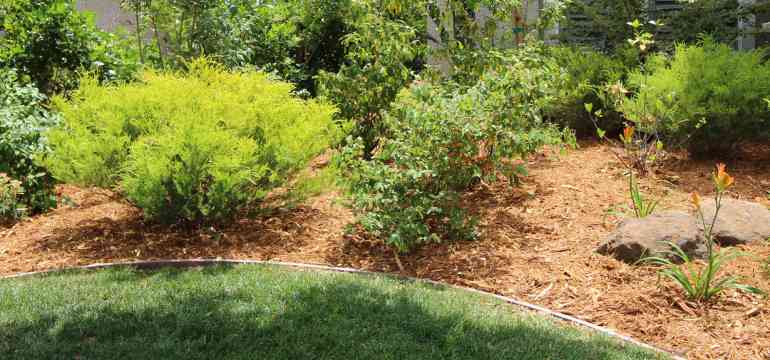
Many people love to use shredded hardwood in their flower beds and gardens to spruce up the place. However, this mulch actually serves a very real purpose when it comes to nurturing your plants. Both cedar and redwood mulches are extremely common, but there are some distinct differences between the two of them.
Before we dive into the differences, it is important to look at what they have in common. First and foremost, putting shredded cedar or redwood in your garden conserves the amount of water you have to use and eliminates drastic soil erosion. It tends to keep everything you plant in your garden right where you want it.
Not only does mulch make it easier to maintain your beautiful flowers, but it also keeps the weeds out of your flowerbeds. It suppresses their ability to grow by preventing the soil from interacting with the sunlight that weeds need to really flourish and grow. Placing two to three inches of mulch in your garden can be a great way to make your home look more polished and save you hours of time laboring over pulling weeds and watering.
The main difference between shredded cedar vs. redwood mulch is the appearance. Redwood mulch has a stunning red color that may look great against your home and plants. On the other hand, cedar chips are browner in color. Aesthetics can make a major difference in the curb appeal of your home, so decide which color will suit your home the best.
The other major factor is insect repellant. While both have some natural oils that will keep critters at bay, shredded cedar tends to be better at repelling nuisances like ticks and termites. Particularly if your flowerbeds are directly next to your home, repelling termites might be a great feature that helps to make your decision easy.
Sustainability
For many individuals, the sustainability of these hardwoods is an important issue that they need to address before making a selection. It is easy to find redwood and cedar that have been certified by the Forest Stewardship Council (FSC). They are environmentally-friendly options that can be harvested either right here in the United States or in Canada.
Both cedar and redwood trees are being harvested responsibly to ensure that there will be plenty of wood for years to come. Many companies boast about their low harvest rate compared to their annual growth rate. Be sure to do your homework to make sure that the company producing your cedar or redwood is practicing responsible harvesting and replanting more trees than they cut down each year.
When it comes to sustainability, there is no clear winner between cedar and redwood. Both are excellent options, depending on where you purchase them from. Look for certifications and responsible harvesting practices if this matters to you.
Considering Your Needs
The difference between redwood and cedar is extremely subtle. Both kinds of wood are excellent choices for any of your outdoor building projects. Understanding some of the nuanced differences between these two types of woods can make it easier for you to plan your next project. Refer to this guide for all of the information you may need to help make your decision.
- How to Cut Lexan - September 25, 2020
- Mineral Spirits vs. Mineral Oil - September 25, 2020
- Shellac vs. Polyurethane - September 24, 2020
